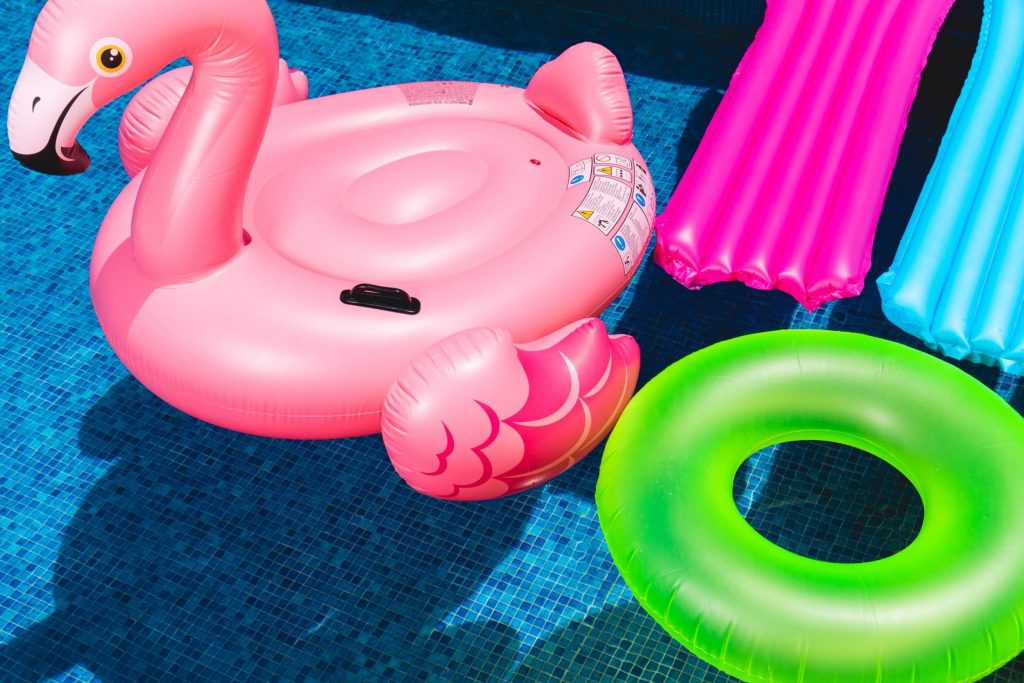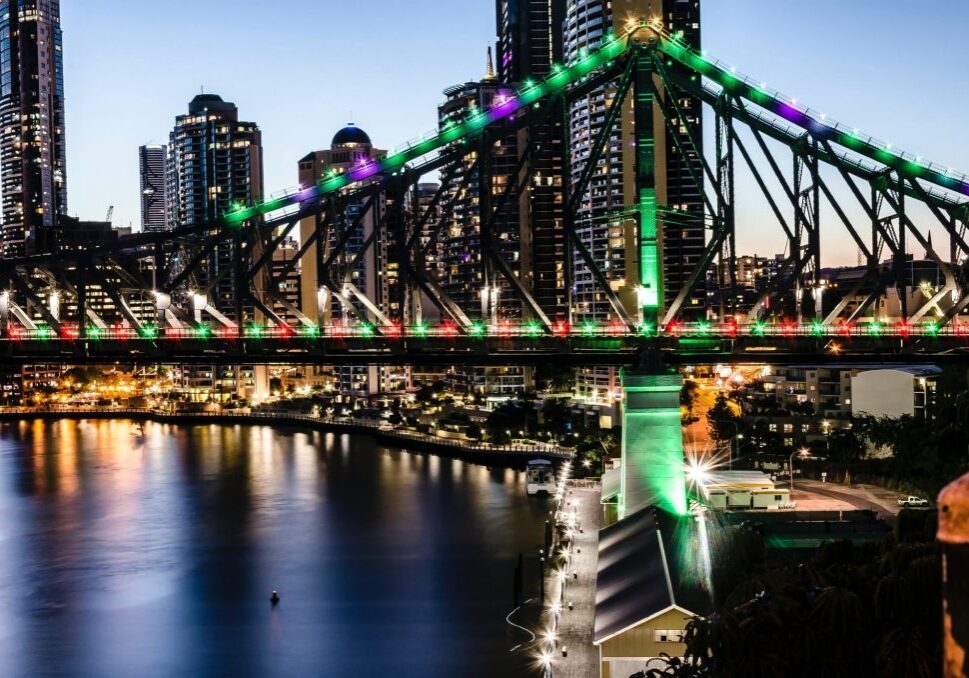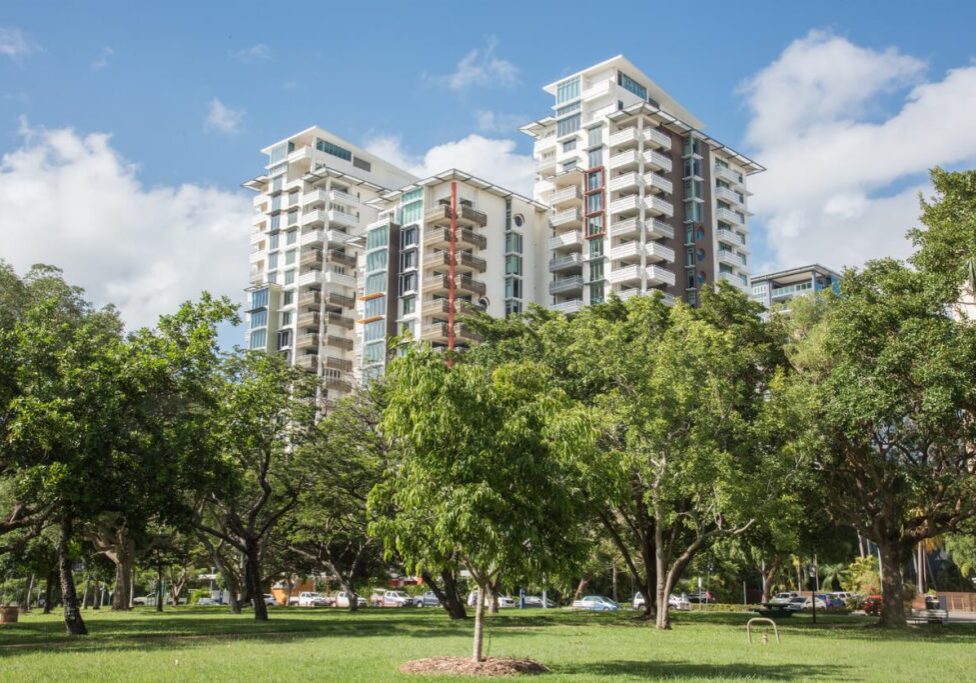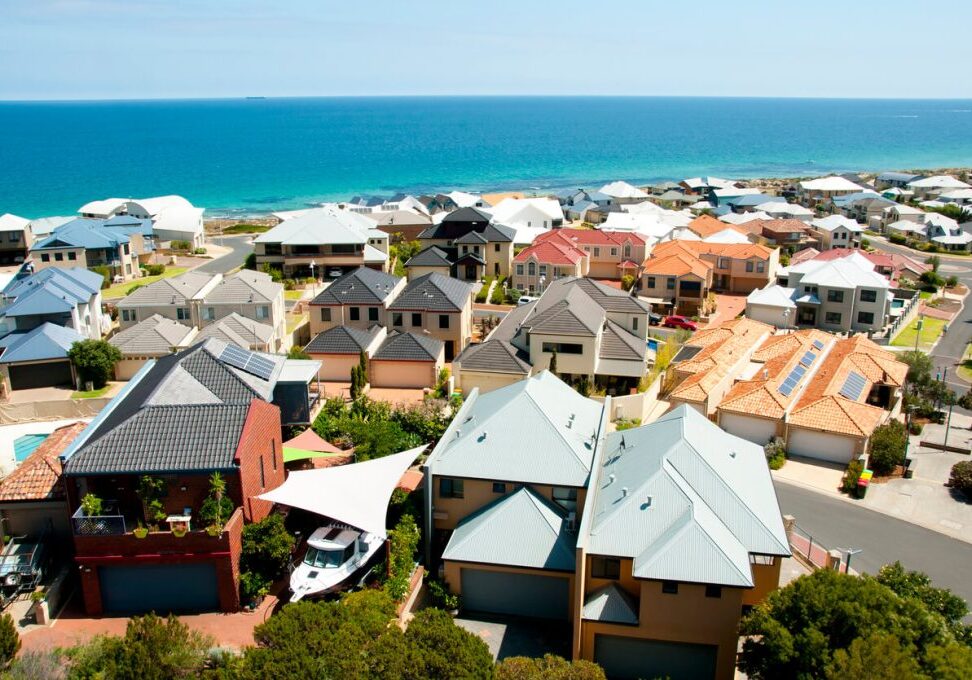How To Ensure Your Investment Property’s Pool Reaches Safety Requirements

Everyone loves a pool. With our hot weather, it makes for a great way to cool off, exercise in, and entertain the kids with. Pools form a part of our culture, offering a great place to have fun with the family during a BBQ. They are also a feature that can increase rental returns from the property.
A pool is a great value add, allowing you to charge a bit extra per week in rent. However, it is important to note that you do need to ensure that it always meets the minimum safety laws.
Who is responsible for the pool in an investment property
The pool is a shared responsibility in an investment property. This goes for pool safety too. Unless stated otherwise on the lease agreement, the tenant will generally be in charge of maintaining and cleaning the pool. They should ensure that it is clear of debris and the water is clean. However, the landlord is in charge of repairs and maintenance issues. If something breaks, like the pump or filter, it is up to the landlord to pay for its repairs.
When it comes to pool safety it is a similar situation. The landlord is responsible for ensuring the property complies with all State Government pool safety regulations. They need to maintain the fence, repair any damage, and ensure objects children can climb on are away from the fence.
The tenant needs to ensure they report any issues with the fence or gate immediately. They should keep the pool gate closed and remove any objects children can climb on away from the fence.
What you can do to meet safety standards
It is vital that you meet all pool safety regulations before you lease out your property. If you are unsure whether your pool meets safety standards you can receive advice from a pool safety inspector. While normally they will inspect polls to issue certificates, they can also provide a consultation to assist you in becoming compliant. Here are some steps you can take to keep your pool compliant.
Register your pool
As of December 2015, all pools in Queensland were required to be registered. You will need to register your pool and receive a safety certificate. To do this you will need to have a pool inspector come and inspect your pool to ensure it meets the minimum safety requirements. If it does, you will receive a safety certificate, if not you will be required to make sure it is compliant with legislation.
You can register your pool online at the Queensland Building and Construction Commission website here: https://www.qbcc.qld.gov.au/home-building-owners/pool-safety/registering-your-pool. From there you can also check to see if your pool has been registered before.
It is vital that you register your pool as having an unregistered pool could result in an on the spot fine of $235.60 or a maximum penalty of $2356.
Ensure the fence meets the required standards
There are some strict minimum requirements your pool fence will need to meet before it is considered compliant. Your fence will need to be at least 1200mm high from ground level. Ground level includes from the tops of garden beds, if these have slowly grown over time your fence may no longer be compliant. You should reduce the height of the surrounding ground level and remove surrounding garden beds in order to keep your fence at the required height.
Gaps in the fence line which are greater than 100mm should be covered as they can provide a space for a child to climb through. You should also ensure that the fence itself is not climbable. To do this, install vertical palings and caver any horizontal bracing.
Ensure the gates meet the required standards
Gates are important to ensure your pool remains as safe as possible. To remain compliant, you will need to follow a few gate safety tips. Firstly, the gate should always open outwards away from the pool. If your gate closes inwards, you must reverse it. Secondly, the gate must have a self-closing mechanism. It should be able to self-close no matter how far open it is, and the mechanism must function correctly.
Finally, the gate should not be tied or propped open at any time. This massively reduces the effectiveness of the gate. It can be easy to accidentally leave the gate open, negating the fencing and other safety features.
Repair any damage
A fence or gate that has fallen into disrepair can compromise the safety of the barrier around your pool. If your fence is broken, the effective height of the fence could be lowered, pushing you below legislated requirements. Gaps in the fence above 100mm can also cause a problem. As a small child could fit into this gap it is important that you reduce gaps in your fence of that size.
Remove climbable objects away from the fence
A child could use moveable and climbable objects to get over a fence into a pool area. You should remove all climbable objects and vegetation around your fence. Common climbable objects include pot plants, outdoor furniture, and step ladders.
To comply with legislation, you should remove all climbable objects within 900mm of the fence and secure all moveable objects in the area.
Conclusion
While it may be annoying, pool safety is important to comply with. In Queensland, drowning is a leading cause of death for children under 5 years old. So, complying with legislation will ensure that a child will be safe. If you are the owner of an investment property with a pool you should go and inspect the pool and fence. Ensure that it is up to safety legislation to minimise risk.
For further advice on property maintenance and legislation compliance talk to Link Living today.




